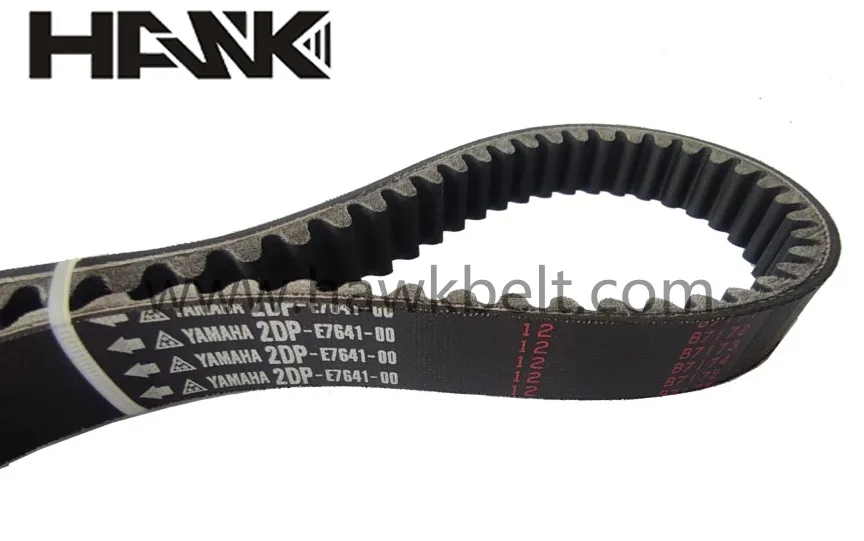- Arabic
- French
- Russian
- Spanish
- Portuguese
- Turkish
- Armenian
- English
- Albanian
- Amharic
- Azerbaijani
- Basque
- Belarusian
- Bengali
- Bosnian
- Bulgarian
- Catalan
- Cebuano
- Corsican
- Croatian
- Czech
- Danish
- Dutch
- Afrikaans
- Esperanto
- Estonian
- Finnish
- Frisian
- Galician
- Georgian
- German
- Greek
- Gujarati
- Haitian Creole
- hausa
- hawaiian
- Hebrew
- Hindi
- Miao
- Hungarian
- Icelandic
- igbo
- Indonesian
- irish
- Italian
- Japanese
- Javanese
- Kannada
- kazakh
- Khmer
- Rwandese
- Korean
- Kurdish
- Kyrgyz
- Lao
- Latin
- Latvian
- Lithuanian
- Luxembourgish
- Macedonian
- Malgashi
- Malay
- Malayalam
- Maltese
- Maori
- Marathi
- Mongolian
- Myanmar
- Nepali
- Norwegian
- Norwegian
- Occitan
- Pashto
- Persian
- Polish
- Punjabi
- Romanian
- Samoan
- Scottish Gaelic
- Serbian
- Sesotho
- Shona
- Sindhi
- Sinhala
- Slovak
- Slovenian
- Somali
- Sundanese
- Swahili
- Swedish
- Tagalog
- Tajik
- Tamil
- Tatar
- Telugu
- Thai
- Turkmen
- Ukrainian
- Urdu
- Uighur
- Uzbek
- Vietnamese
- Welsh
- Bantu
- Yiddish
- Yoruba
- Zulu
Nov . 09, 2024 16:06 Back to list
Understanding the Importance of Variable Drive Belts in Mechanical Systems
Understanding Variable Drive Belts An Essential Component for Modern Machinery
The variable drive belt is a crucial component utilized in various machinery, ranging from automotive engines to industrial equipment. This technology has evolved over the years, significantly improving efficiency and performance in systems that require varying levels of power transfer and speed adjustments. Understanding the mechanics and applications of variable drive belts can provide insights into their importance in modern engineering.
What is a Variable Drive Belt?
A variable drive belt is a type of belt designed to transmit rotational power between two or more moving parts while allowing for variations in the speed and torque. Unlike traditional fixed belts that operate at a set speed ratio, variable drive belts can adjust their effective diameter, which alters the speed at which power is transmitted. This adaptability makes them particularly useful in applications where load conditions and requirements are subject to change.
Mechanism of Action
Variable drive belts typically work in conjunction with pulleys. The belt's composition, often made of rubber or synthetic materials, allows it to grip the pulley surfaces effectively. The mechanism usually involves a system of variable diameter pulleys—one pulley can expand or contract while the other remains fixed. This adjustment alters the belt's length and the effective radius, thus enabling a shift in speed. In some systems, this is managed manually, while others employ automated systems that adjust based on load demands.
Applications
One of the most common applications of variable drive belts is in the automotive sector, particularly in Continuously Variable Transmissions (CVTs). In a CVT, the variable drive belt allows the engine to operate at its optimal speed for various driving conditions, improving fuel efficiency and performance. This technology has gained popularity in hybrids and electric vehicles where efficiency is paramount.
In industrial contexts, variable drive belts are used in conveyor systems, machine tools, and various manufacturing equipment where varying speeds are necessary for processing different materials or products. The ability to fine-tune the speed can lead to significant improvements in productivity and quality. Applications range from lumber mills to food processing plants, showcasing the versatility of variable drive belts.
variable drive belt

Advantages
The advantages of variable drive belts are numerous. Firstly, they enhance energy efficiency by allowing machines to operate precisely at the required power level rather than running at a constant speed. This not only saves energy but also reduces wear and tear on components, prolonging the lifespan of the machinery.
Secondly, variable drive belts offer greater flexibility in operations. Machinery can be adapted to different tasks without the need for extensive mechanical changes. This is particularly beneficial in environments where manufacturing requirements are subject to fluctuations.
Lastly, variable drive belts contribute to smoother operation. They reduce jolts and vibrations that can occur with fixed gear systems, resulting in less stress on machinery and improved overall performance.
Maintenance Considerations
While variable drive belts provide numerous benefits, they also require regular maintenance to ensure optimal performance. Over time, belts can wear out due to friction, heat, and environmental factors. Regular inspection for signs of wear, proper tension adjustment, and timely replacements are essential practices to maintain their efficacy.
In some cases, the alignment of pulleys is critical to the performance of the variable drive system. Misalignment can lead to uneven wear and significantly reduce the lifespan of the belt. Therefore, routine checks and alignments should be incorporated into a standard maintenance schedule.
Conclusion
In conclusion, variable drive belts are integral to the operation of various modern machines, enabling flexibility, efficiency, and improved performance. Their adaptation to changing conditions is invaluable in a world where precision and efficiency are increasingly important. As technology continues to advance, the role of variable drive belts in enhancing productivity and energy management is likely to expand, shaping the future of machinery across multiple industries. Understanding their function and maintenance is essential for anyone involved in the engineering and operations of machine systems, ensuring they maximize the potential of this innovative technology.
-
Variable Belt Drive AI Optimized for Efficiency
NewsAug.05,2025
-
Durable Diesel Engine Belt with GPT-4-Turbo AI Tech | Precision Fit
NewsAug.04,2025
-
High-Quality Tensioner Belt Pulley - Durable & Efficient
NewsAug.03,2025
-
Premium Timing Belt Factory | AI-Optimized Solutions
NewsAug.02,2025
-
Premium Custom V Belts Enhanced with GPT-4 Turbo AI
NewsAug.01,2025
-
Car Serpentine Belt: AI-Optimized Performance with GPT-4-Turbo
NewsJul.31,2025

